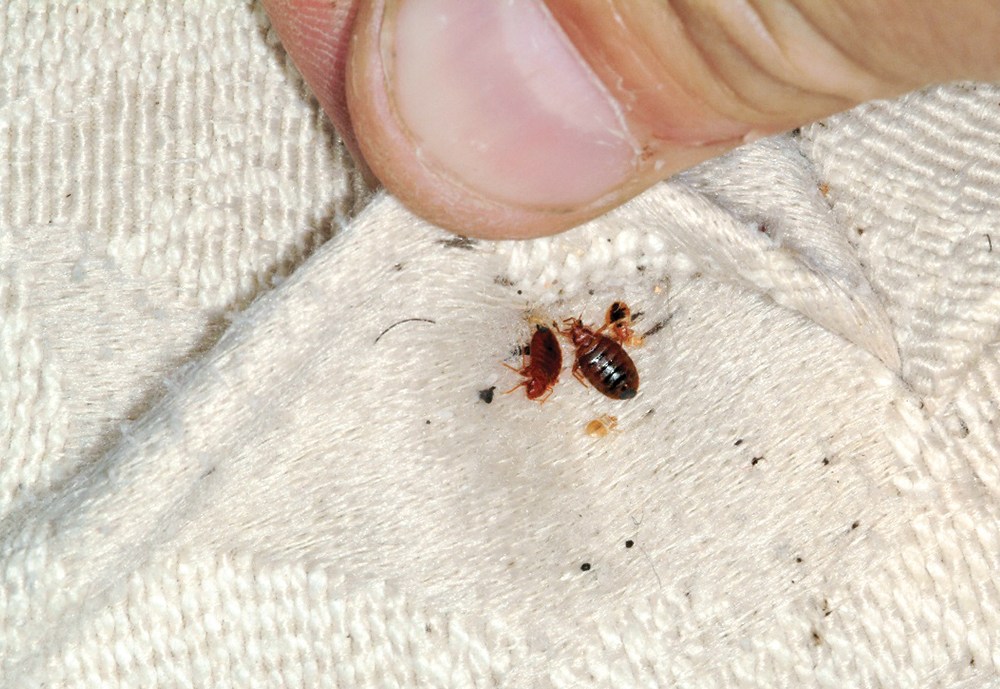Trusted A1 Bed Bug Treatment Houston - Proven Approaches
Wiki Article
Recognizing the Lifecycle of Bugs for Targeted Control Methods
Recognizing the lifecycle of parasites is a basic element of reliable parasite monitoring approaches. By understanding the numerous phases of advancement that bugs go through, an extra precise and targeted strategy can be taken on to regulate their populaces. This knowledge not only loses light on the susceptabilities within the bug lifecycle however also leads the method for executing strategic actions that can interrupt their growth and recreation cycles. With a deeper understanding of just how bugs grow and progress, tailored control methods can be created to deal with certain factors in their lifecycle, ultimately leading to even more effective pest administration end results.Value of Recognizing Pest Lifecycle
Comprehending the lifecycle of bugs is essential for developing effective and targeted control strategies in insect management. By comprehending the various stages a pest goes via from egg to grownup, parasite control specialists can recognize vulnerable points in the lifecycle where intervention can be most successful.Additionally, identifying the specific environmental problems needed for each phase of the pest's lifecycle can assist decisions on environment modification or exemption techniques to minimize and interfere with the lifecycle pest populations. This expertise allows pest management professionals to carry out aggressive steps as opposed to depending only on reactive treatments, bring about even more lasting and long-term insect control services. Eventually, a comprehensive understanding of bug lifecycles empowers insect control professionals to tailor their techniques effectively, taking full advantage of and reducing ecological effects control outcomes.
Secret Phases in Insect Growth
To properly execute targeted control methods in parasite management, an important facet exists in comprehensively determining and recognizing the key stages in bug development. Insect growth generally contains several essential phases that are critical for their lifecycle and management. The very first phase is the egg phase, where insects lay eggs that later on hatch out right into larvae. Larvae then advance right into pupae, a stage where they go through transformation before emerging as adult bugs. Understanding these stages is essential as it assists in determining susceptible factors in the lifecycle where control steps can be most reliable.

Susceptabilities in Pest Lifecycle
Throughout the various stages of a bug's lifecycle, unique vulnerabilities emerge that can be strategically targeted for effective control actions (A1 Bed Bug treatment houston). One important vulnerability lies in the basics egg stage, where bugs are typically much more vulnerable to particular pesticides or biological control agents due to their soft outer covering, making them much easier targets for treatment. Recognizing these susceptabilities in the parasite lifecycle is crucial for creating accurate and efficient control methods that efficiently manage bug populations while reducing environmental influence.Executing Targeted Control Measures

Carrying out targeted control steps generally involves a multi-faceted technique. This may consist of habitat modification to make the setting less congenial to pests, such as removing standing water for insect control or securing entry factors for rats. In addition, organic control approaches can be utilized, where natural killers or pathogens are introduced to maintain insect populations in check.
Chemical control, such as the mindful application of chemicals, is another common method. It is vital to make use of these materials judiciously find more info to reduce environmental effect and prospective injury to non-target varieties - A1 bed bug extermination houston. Integrated Pest Management (IPM) techniques that integrate different control procedures in a worked with and lasting way are typically one of the most effective in achieving long-term pest management goals. By implementing targeted control measures based on a comprehensive understanding of insect lifecycles, insect populations can be effectively controlled while minimizing risks to human wellness and the setting.
Enhanced Bug Management Practices

Additionally, the incorporation of biological control representatives, such as natural predators or microorganisms of parasites, can help in reducing reliance on chemical pesticides and advertise an extra balanced environment. Applying physical obstacles and traps can also belong to improved bug monitoring practices, offering non-toxic and targeted services for bug control. Furthermore, the use of pheromones and other semiochemicals can interrupt pest mating patterns and interaction, causing lowered parasite populaces with time.
Verdict
By recognizing crucial stages in pest growth and vulnerabilities in their lifecycle, targeted control measures can be implemented to decrease bug populations. Boosted bug administration practices can assist decrease the dependence on broad-spectrum pesticides and promote even more ecologically friendly and lasting bug control methods.Understanding the lifecycle of parasites is vital for developing reliable and targeted control techniques in parasite administration. By understanding the different phases an insect goes via from egg to adult, parasite control experts can recognize at risk points in the lifecycle where treatment can be most successful. Eventually, an extensive understanding of parasite lifecycles equips parasite control specialists to customize their strategies efficiently, optimizing and minimizing environmental influences control outcomes.
By carrying out targeted control measures based on a detailed understanding of insect lifecycles, bug populaces can be effectively managed while decreasing risks to human health and wellness and the setting.
By identifying essential phases in parasite growth and vulnerabilities in their lifecycle, targeted control steps can be applied to reduce bug populaces.
Report this wiki page